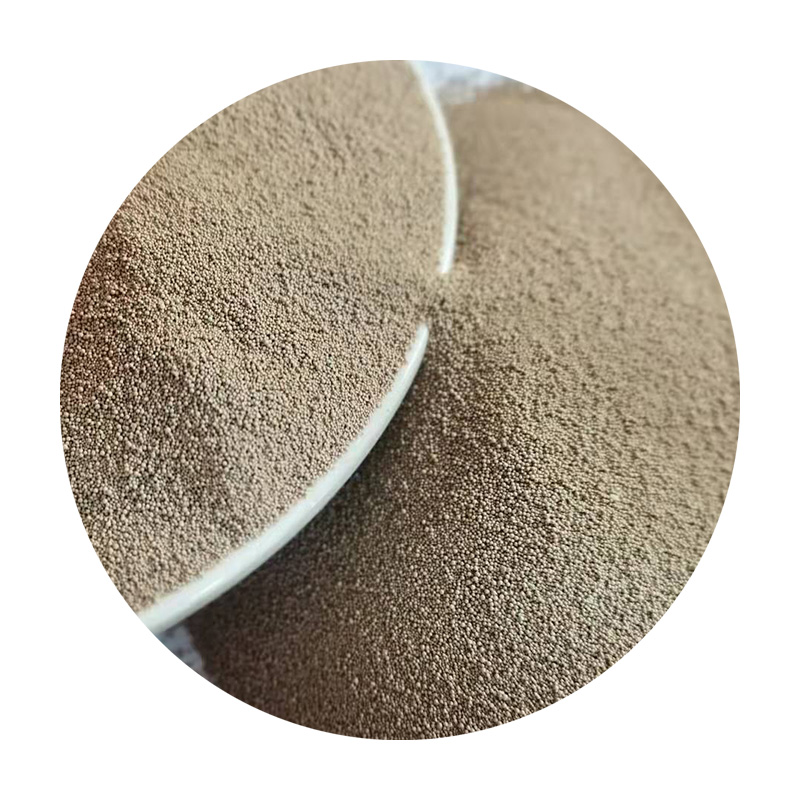Rapid Sand Casting Revolutionizing Metal Casting Processes
In the landscape of manufacturing, innovation is key to improving efficiency and reducing costs. One area where significant advancements have been made is in metal casting, particularly with the emergence of rapid sand casting techniques. This method combines the age-old practice of sand casting with modern technologies to create a process that is faster, more flexible, and capable of yielding high-quality components.
Understanding Sand Casting
Sand casting is one of the oldest and most versatile casting methods used in metalworking. The process typically involves creating a mold from a mixture of sand, clay, and water. The metal is then poured into the mold, solidifying into the desired shape after it cools. While traditional sand casting is effective, it often faces challenges such as lengthy production times, the high cost of mold creation, and the need for extensive finishing work.
The Evolution to Rapid Sand Casting
Rapid sand casting modernizes this traditional process by integrating technologies like computer-aided design (CAD), computer-aided manufacturing (CAM), and advanced solidification modeling. These technologies allow for quicker mold design and production, making the entire casting process more efficient. The key advantage of rapid sand casting is its ability to produce molds in a fraction of the time compared to conventional methods, which is particularly beneficial for industries requiring rapid prototyping and low-volume production.
Key Features of Rapid Sand Casting
1. Speed One of the most significant benefits of rapid sand casting is the accelerated mold-making process. Traditional sand molds can take several days to create, but with modern techniques, molds can be produced in hours. This paves the way for faster product development cycles.
2. Cost Efficiency Rapid sand casting reduces the costs associated with long lead times and excessive material waste. By using digital modeling, manufacturers can optimize their designs, ensuring that they only use the necessary amounts of material while still achieving a high-quality finished product.
rapid sand casting

3. Flexibility The ability to quickly adjust designs in response to customer feedback or changes in market demand makes rapid sand casting highly adaptable. This flexibility is crucial in industries such as automotive and aerospace, where customer needs can shift rapidly.
4. Quality Improvement With advancements in solidification modeling, manufacturers can predict and control the cooling process of the metal. This results in better material properties, fewer defects, and an overall higher-quality product.
5. Sustainability The combination of reduced waste and the ability to use recycled materials enhances the sustainability of the rapid sand casting process. Manufacturers can now produce components with a lower environmental impact compared to traditional methods.
Applications in Various Industries
Rapid sand casting is making waves across various sectors. In the automotive industry, for instance, rapid prototyping is crucial for developing new vehicle components quickly and efficiently. The aerospace sector benefits from the ability to produce lightweight yet strong components, essential for aircraft manufacturing.
Moreover, the energy sector, particularly in renewable energy, is leveraging rapid sand casting to produce custom parts for wind turbines and solar energy systems. Additionally, the medical field has begun to explore this technology for the production of specialized devices and tools.
Looking Ahead
The future of rapid sand casting appears bright, with continuing advancements in technology and materials science. As 3D printing techniques and automation become more integrated into the casting process, manufacturers can expect even greater efficiencies and capabilities. Innovations in simulation software will likely lead to improved predictions of thermal and fluid dynamics, further enhancing the quality and reliability of cast products.
In conclusion, rapid sand casting is revolutionizing the metal casting industry by providing faster, more adaptable, and cost-effective solutions. As industries increasingly demand rapid prototyping and lower production costs, this technique is poised to become a cornerstone of modern manufacturing practices. Embracing this evolution will not only benefit manufacturers but also enhance the quality and sustainability of the products we rely on every day.
Post time:नोव्हेंबर . 11, 2024 22:11
Next:sand casting benefits
